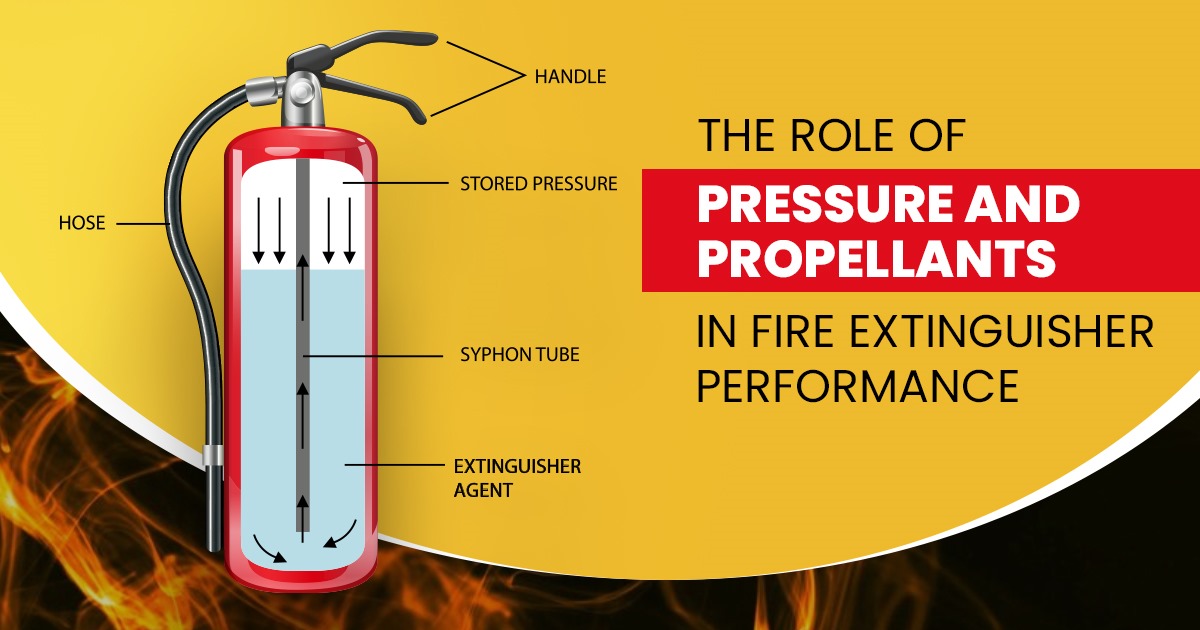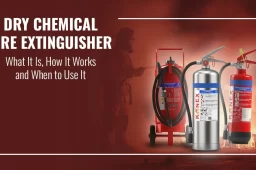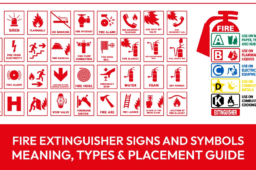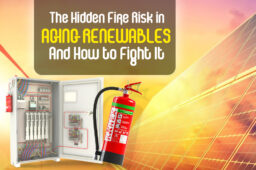The Role of Pressure and Propellants in Fire Extinguisher Performance
- March 28, 2025
The efficiency of fire extinguishers depends on two factors, pressure and propellants. These elements decide how fast and effectively an extinguisher can extinguish the fire. No matter what place is your home, car, or office, knowing how an extinguisher works can be a lifesaver.
Now, let us understand what is
The Role of Pressure in Fire Extinguishers
Fire extinguishers rely on pressure to discharge the extinguishing agent. A gas or compressed air is already stored with an extinguishing agent in a cylinder, and when you activate extinguishers, this gas pushes the extinguishing agent with pressure. The right pressure makes sure that the extinguisher works instantly with enough force to cover the fire effectively. If the pressure is too low, the extinguisher might fail when you need it most. The pressurized gas in the extinguishers is called propellant.
Types of Propellants Used in Fire Extinguishers
Different types of fire extinguishers use distinct types of propellants. Here are the propellants that are used in fire extinguishers.
1. Nitrogen: Nitrogen is a commonly used propellant in various extinguishers, specifically for dry chemical and foam extinguishers.
2. CO₂: CO₂ propellants are used in fire extinguishers for flammable liquids (Class B) and electrical fires (Class C). In CO₂ fire extinguishers, the extinguishing agent itself works as a propellant.
3. Compressed Air: It is used in water and foam-based extinguishers.
How Pressure and Propellants Affect Fire Suppression Efficiency
Fire extinguishers work properly only if pressure and propellant function together. If the pressure is too weak, the extinguisher can not release the extinguishing agent effectively. The same applies if the propellant is not suitable for the fire classes; it won’t douse the flame efficiently. That’s the reason why you should use the right types of fire extinguishers for different fire conditions. Use water for Class A fires (wood, paper), CO₂ for Class B & C fires (liquids, electrical), and dry chemicals for multi-class fires.
Maintenance and Safety Considerations
Regular maintenance ensures your extinguisher unit is ready to handle any fire emergencies.
● Check the pressure gauge – It should always remain within the green zone.
● Inspect for leaks or damage – A damaged extinguisher won’t function properly.
● Know the expiration date – Replace or recharge when necessary.
Kanex Fire provides AMC refilling services to maintain the right pressure for the best performance. Regular servicing prevents pressure loss to ensure your fire extinguisher is always in working condition when needed
Stay Safe—Be Prepared!
Fire extinguishers are essential fire safety tools, but they only work if they’re well-maintained and used correctly. Take a moment today to check yours! A quick inspection could make all the difference in an emergency. Stay safe!
Looking for a reliable firefighting equipment supplier? Kanex Fire offers high-quality and innovative fire safety tools. Contact us today to select the right extinguishers for your space or refill your extinguisher and take a step towards fire safety.









